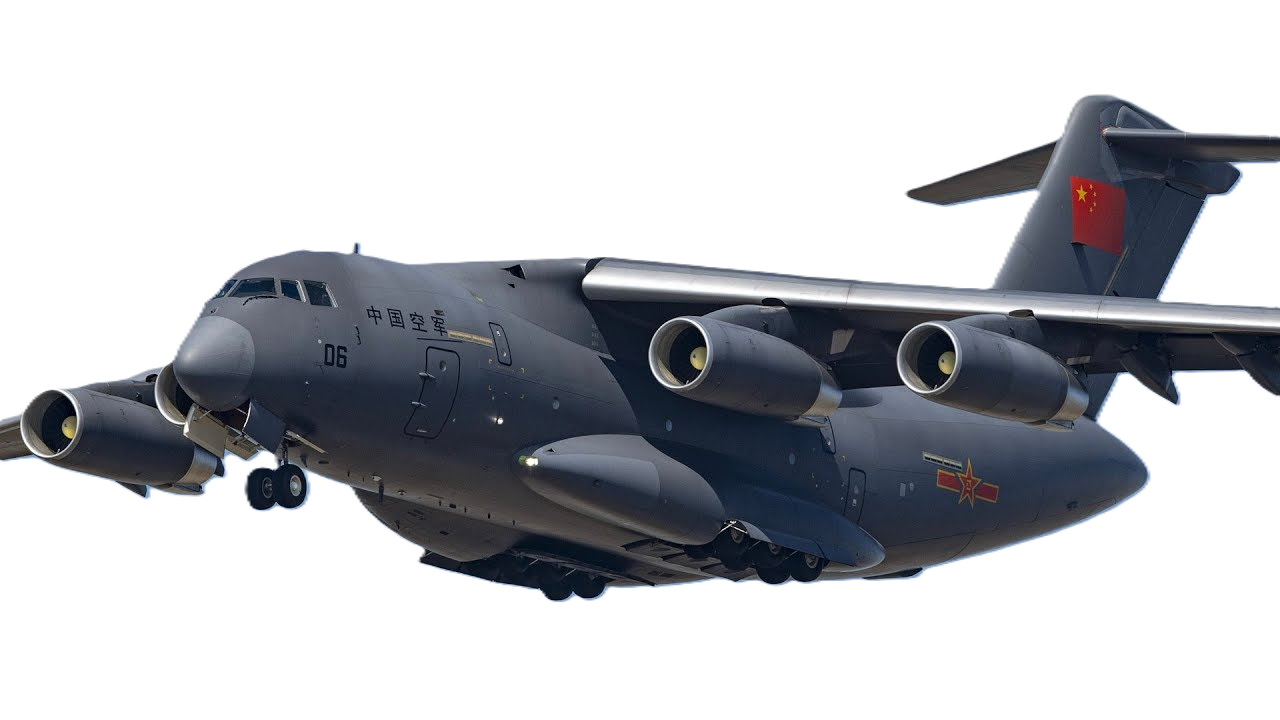JSC Kamov Design
Ka-126 "Hoodlum"
 |
|
| Role | Light utility helicopter |
|---|---|
| Manufacturer | Industria Aeronautică Română |
| Designer | Kamov |
| First flight | 22 December 1988 |
| Introduction | 1989 |
| Status | Active |
| Produced | 1988–1991 |
| Number built | 17 |
| Developed from | Kamov Ka-26 |
| Developed into | Kamov Ka-226 |
|
|
|
|
|---|
.
History JSC Kamov Design Bureau
Kamov Ka-126 (NATO reporting name Hoodlum)
-
Characteristics
The Kamov Ka-126 (NATO reporting name Hoodlum) is a Soviet light utility helicopter with co-axial rotors. Evolved from Ka-26 with engine pods removed from stub wings, fitted with one TVO-100 turboshaft engine positioned on top of fuselage, modified rotor blades, new fuel system.
Military
Design
The fuselage of the Ka-126 consists of a fixed, bubble-shaped cockpit containing the pilot and co-pilot, plus a removable, variable box available in medevac, passenger-carrying and cropduster versions. The helicopter can fly with or without the box attached, giving it much flexibility in use.
Variants

Kamov Ka-226 - Ka-126 Hoodlum-B
- One or two crew utility light helicopter, powered by a 720-shp (537-kW) (Glushenkov) OMKB TVD-100 turboshaft engines. First flown in 1986, and built under licence by IAR in Romania. 2 prototypes and 15 series helicopter built.
- Ka-128
- One prototype, powered by a 722-shp (538-kW) Turbomeca Arriel 1D1 turboshaft engine.
- Kamov Ka-226
- Powered by two 450-shp (335-kW) Rolls-Royce 250-C20R/2 turboshaft engines.
Kamov V-60
The V-60 was a projected light (3500 kg) armed escort helicopter from Kamov based on the civil Kamov Ka-126. Only a model of the original V-60 exists. The existing model shows four missiles as its sole armament. The project was abandoned in the 1980s and is often confused to be an early concept of the Ka-60. The initial prototype and pre-series version of the Ka-60 carried another designation, V-62.
0
KmCeiling
0
KmMAX RANGE
0
Km.hAircraft Speed
0
Max Crew
Photo Gallery
JSC Kamov Design Bureau
Kamov Ka-126 (NATO reporting name Hoodlum)


JSC Kamov Design Bureau
Kamov Ka-126 (NATO reporting name Hoodlum)
General characteristics
- Crew: 2
- Capacity: 6 passengers (cargo/passenger pod) / 1,000 kg (2,205 lb) slung load / 1,000 L (260 US gal; 220 imp gal) chemical hopper
- Length: 7.775 m (25 ft 6 in)
- Height: 4.155 m (13 ft 8 in)
- Empty weight: 1,915 kg (4,222 lb)
- Max takeoff weight: 3,250 kg
-
Powerplant
- Powerplant: 1 × Omsk TVO-100 turboshaft, 522 kW (700 hp)
- Main rotor diameter: 2 × 13 m
- Main rotor area: 265.5 m2 (2,858 sq ft)
Specifications
- Maximum speed: 180 km/h
- Cruise speed: 160 km/h
- Range: 713 km (443 mi, 385 nmi)
- Service ceiling: 3,850 m (12,630 ft)
Related Development
-
-
-
-
Aircraft of comparable role, configuration, and era
-
-
-
-
-
Links to Youtube & Others
Development of the Russian helicopter began in 1984 for the Ka-126, a derivative of the Kamov Ka-26. Compared to its predecessor, the Ka-126: has a single engine, eliminating the feature of an engine pod on either side of the aircraft; has a cabin capacity of seven passengers.
Kamov Design Bureau
Kamov Ka-50 Hokum-A
The Kamov Ka-126 (NATO reporting name Hoodlum) is a Soviet light utility helicopter with co-axial rotors. Evolved from Ka-26 with engine pods removed from stub wings,
Youtube Link
The helicopter has a length of 12m and height of approximately 4.01m. Maximum take-off weight is 4,500kg, whereas the empty weight is 2,350kg.










.png)


.png)